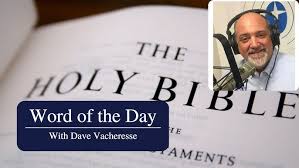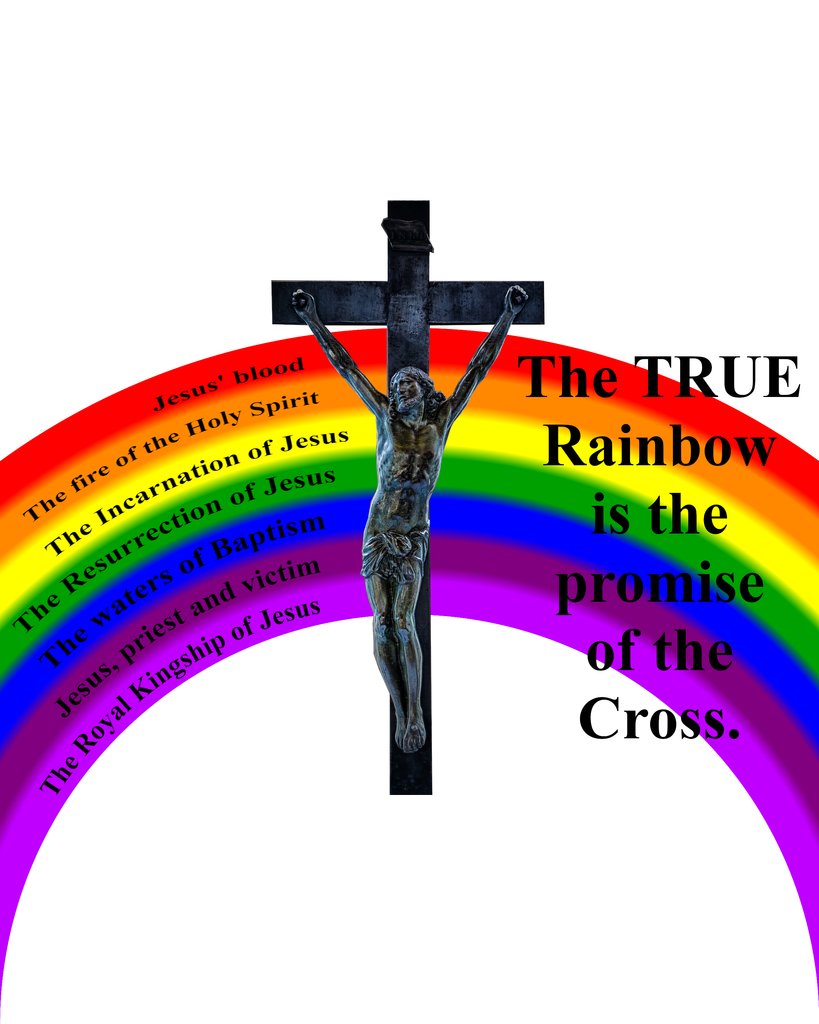Media Coverage of the Motu Proprio
It is always interesting to watch the Ordinary Ministers of the Media and their approach to covering the coming Motu Proprio. This AP account does a reasonable job of representing the facts if not perfect. Some snippets Emphases and [Comments] mine:
A Vatican official has confirmed that Pope Benedict XVI plans to loosen restrictions on celebrating the old Latin Mass, reviving a rite that was essentially swept away by the revolutionary reforms of the Second Vatican Council .[Swept away but not banned, they usually get this wrong so this is a nice turn of phrase.]
…
Benedict is also acting in a bid to reach out to an ultraconservative schismatic [no] group, the Society of St. Pius X, and bring it back into the Vatican’s fold, Castrillon Hoyos said Wednesday, according to a copy of his speech posted on the meeting’s Web site.The late Archbishop Marcel Lefebvre founded the society in 1969 in Switzerland, opposed to the liberalizing reforms of the 1962-65 Second Vatican Council, particularly its reform of the Tridentine Mass into the modern liturgy celebrated today in the vernacular.
The Vatican excommunicated Lefebvre in 1988 after he consecrated four bishops without Rome’s consent. Benedict has been keen to reconcile with the group, which has demanded freer use of the old Mass as a precondition for normalizing relations.
The 1962-65 Second Vatican Council was a landmark event in the Roman Catholic Church, modernizing the liturgy and its relations with other faiths. Benedict attended the council as a young theological expert, and has long lamented what he considers the erroneous interpretation of its work.[yup]
He has made clear he greatly admires the 16th century rite and in a recent document urged seminarians and the faithful alike to learn Latin prayers. [At least the AP noticed even if the bishops didn’t]
The Tridentine Mass differs significantly from the new Mass: It is celebrated in Latin, with the priest facing the altar away from the faithful [Sigh!]. The rank and file do not participate actively in the service. [Argh! Let us repeat that active participation does not mean singing bad rock music, dancing, and clapping. Oy!]
Castrillon Hoyos stressed that Benedict’s plans to revive the Tridentine rite did not represent a “step backward, of a regression to times before the reforms.” Rather, it is an offer to the faithful to have greater access to what he said was a “treasure” of the church. [Good, some balance]
“For this reason, the Holy Father intends to extend to the entire Latin church the possibility of celebrating the Holy Mass and the sacraments” according to the latest version of the Tridentine Mass, from 1962.
The pope would decree it an “extraordinary form of the unique Roman rite,” he said.
Castrillon Hoyos noted that the Tridentine liturgy had never been abolished. [Good again, most writers ignore this] Currently, local bishops must grant permission for priests to celebrate it — a bureaucratic obstacle that fans [What are we? Groupies?]say has greatly limited its availability.
Castrillon Hoyos was the second Vatican official to confirm the pope’s plans in as many months. In late March, the Vatican secretary of state, Cardinal Tarcisio Bertone, told Le Figaro magazine that Benedict believed there was no reason not to give the priests around the world the right to celebrate the old Mass.
Castrillon Hoyos gave no date of when the pope’s document would be released. It remains unclear whether Benedict will remove the requirement that bishops must approve each celebration.
Overall, pretty good for mainstream coverage. Unfortunately, this may be the high water mark for coverage of this document. When it is released, we certainly can expect much worse.







